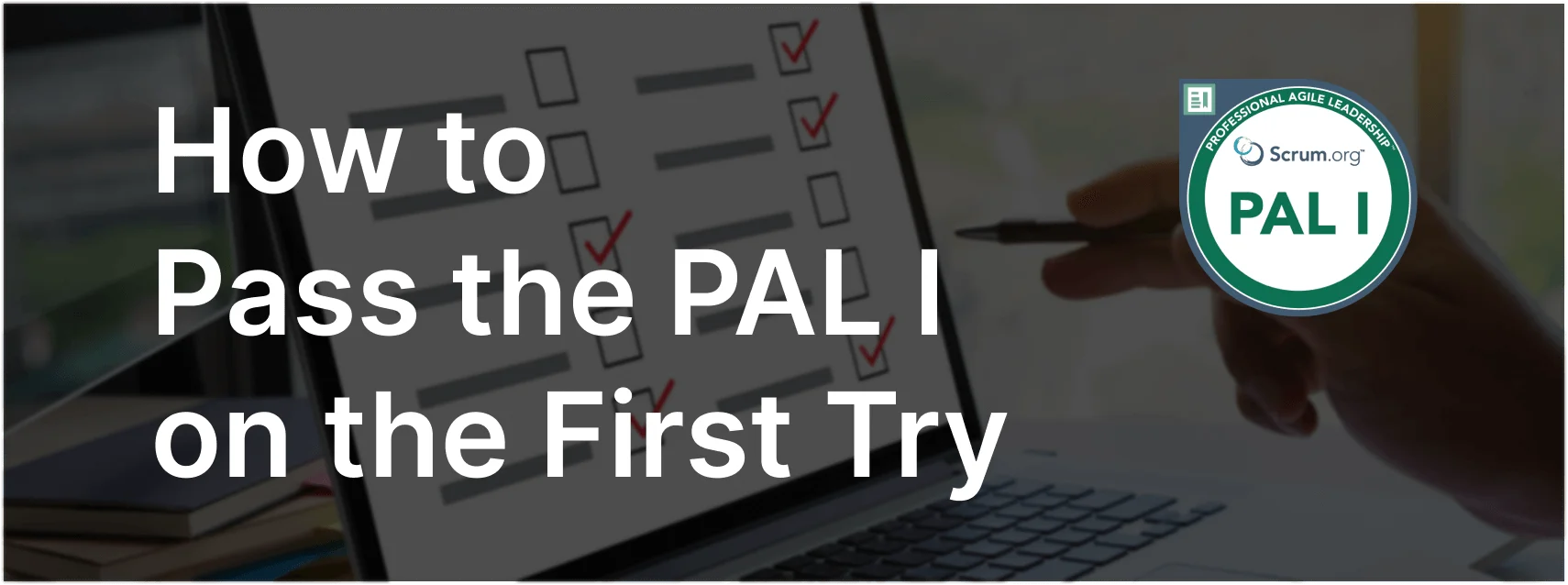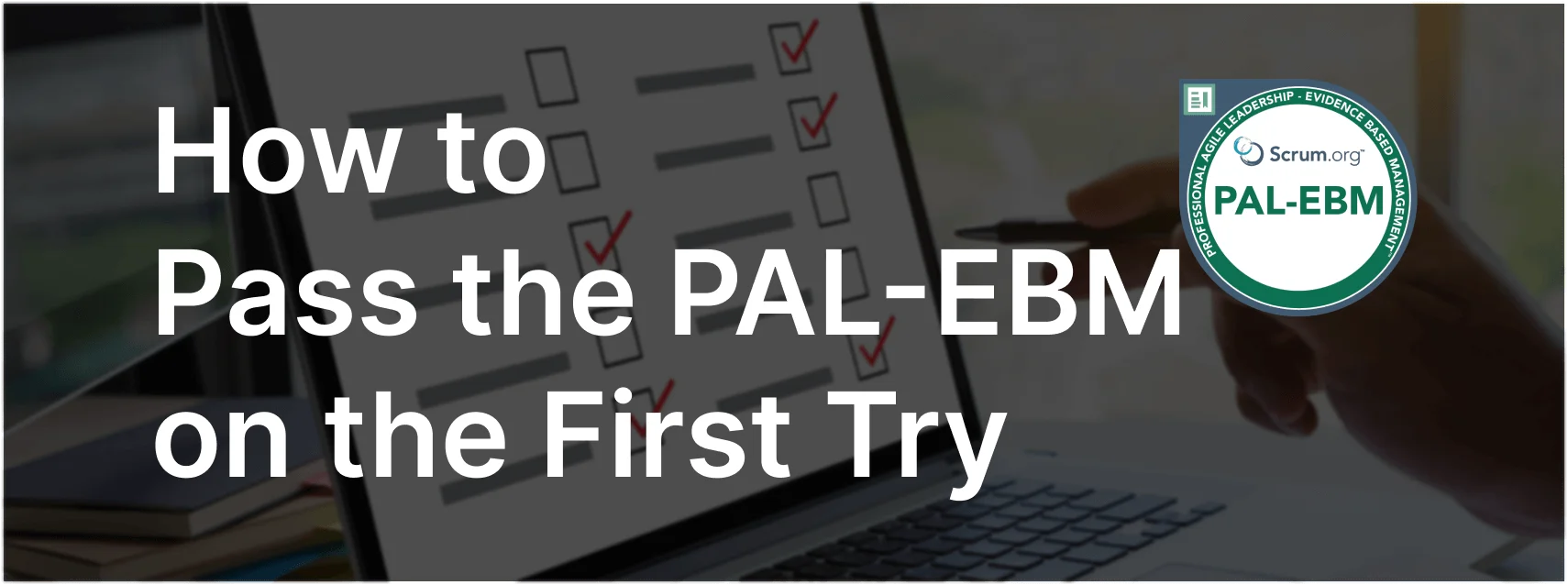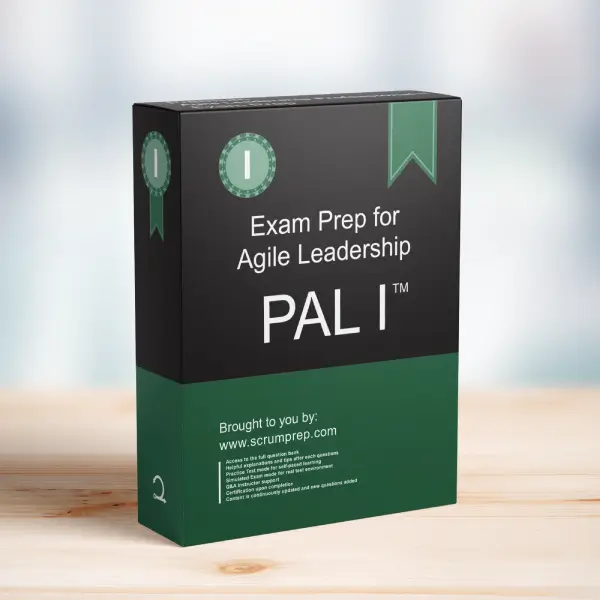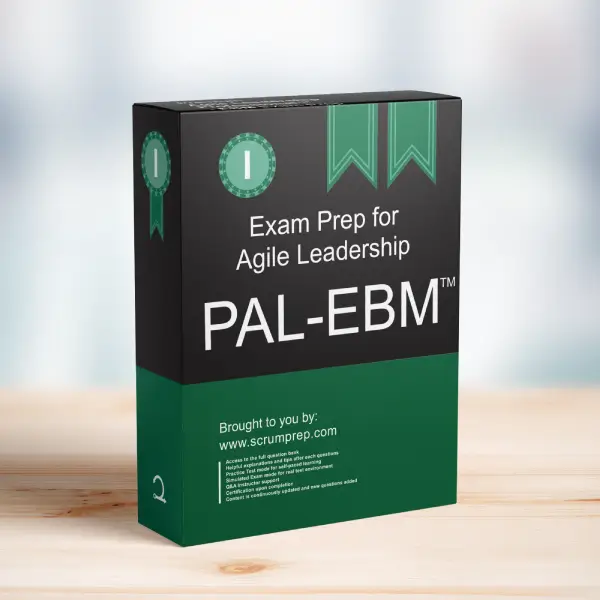Creating a Plan for the Next Fiscal Year
When tasked with creating a plan for the next fiscal year, it’s crucial to consider the most effective and realistic approach. This article explores the best way to proceed in planning deliverables for the upcoming year.
Exam Question
You manage a product delivery organization. Your manager asks you to create a plan for the next fiscal year describing what will be delivered. What is the best way to proceed?
(choose the best answer)
A. Use your knowledge to make the plan and later negotiate its implementation with the Scrum Team.
B. Ask each Scrum Team to estimate the current backlog and make a plan against the story points previously delivered. Then normalize Story Points across teams to combine the estimates.
C. Work with specialists from each team to build an estimated backlog that you can translate into a Gantt chart.
D. Work with the Product Owner(s) to analyze current delivery capabilities against demand, then use that data to build a probabilistic forecast that serves to illustrate what might be achieved.
Correct Answer
D. Work with the Product Owner(s) to analyze current delivery capabilities against demand, then use that data to build a probabilistic forecast that serves to illustrate what might be achieved.
Explanation
Correct Answer
D. Work with the Product Owner(s) to analyze current delivery capabilities against demand, then use that data to build a probabilistic forecast that serves to illustrate what might be achieved:
This approach leverages the expertise of Product Owners and uses empirical data to create a realistic forecast. By analyzing current delivery capabilities and comparing them against demand, you can generate a probabilistic forecast that provides a range of potential outcomes. This method acknowledges the inherent uncertainties in complex projects and offers a more flexible and realistic plan. It aligns with Agile principles of using empirical data and iterative planning to guide decision-making.
Incorrect Answers
A. Use your knowledge to make the plan and later negotiate its implementation with the Scrum Team:
Creating a plan based solely on your knowledge without involving the Scrum Team undermines the principles of collaboration and self-management. This top-down approach can lead to unrealistic expectations and disengagement from the team.
B. Ask each Scrum Team to estimate the current backlog and make a plan against the story points previously delivered. Then normalize Story Points across teams to combine the estimates:
While using historical data for estimates is useful, normalizing story points across different teams can be problematic due to variations in team composition, experience, and velocity. This approach may lead to inaccurate forecasts and does not account for uncertainties in a complex environment.
C. Work with specialists from each team to build an estimated backlog that you can translate into a Gantt chart:
Creating a Gantt chart can give a false sense of precision and certainty. Agile projects benefit more from flexible, iterative planning rather than rigid, long-term schedules. This approach does not adequately address the adaptive nature of Agile planning.
Agile Leadership Insights
- Empirical Planning: Use empirical data to guide planning and forecasting, recognizing the uncertainties in complex projects.
- Collaboration: Involve Product Owners and Scrum Teams in the planning process to ensure realistic and achievable goals.
- Probabilistic Forecasting: Leverage probabilistic forecasting to provide a range of potential outcomes, allowing for better risk management and adaptability.
- Continuous Improvement: Regularly update forecasts based on actual performance and new information to maintain accuracy and relevance.
Relevance to the PAL I Exam
Understanding how to create realistic and flexible plans using empirical data and collaboration is crucial for the PAL I exam. It demonstrates knowledge of Agile principles and effective planning techniques.
Key Takeaways
- Collaborate with Product Owners and Scrum Teams to create realistic plans.
- Use empirical data and probabilistic forecasting to account for uncertainties.
- Avoid rigid, top-down planning methods that do not align with Agile principles.
Conclusion
The best way to create a plan for the next fiscal year is to work with Product Owners to analyze delivery capabilities against demand and build a probabilistic forecast. This approach ensures realistic, flexible, and achievable plans. For more information on preparing for the PAL I exam, visit our Professional Agile Leadership PAL I™ Exam Prep.





